why are my toes purple
 Why are my toes red? Causes, other symptoms, and treatments
Why are my toes red? Causes, other symptoms, and treatmentsBlue finger syndrome: What is and is serious? When one or more of a person's fingers starts to look blue or purple, doctors call it blue finger syndrome. There are several triggers, most of which relate to the circulatory system. This article explains how blue finger syndrome is, how it feels, its causes and how doctors treat it. You will also explore the possible complications of blue finger syndrome and when to see a doctor. Doctors sometimes call it occlusive vasculopathy or garbage foot. is a form of acute digital ischemia. This means it happens when your toes don't have enough blood. A person's blood carries oxygen from the lungs to every part of his body. Each cell needs oxygen to repair and multiply. Blood also brings to the cells all the nutrients they need and carries the waste products. Do not get enough blood damage cells and the tissues they make. This can make the tissue change the color — usually blue or purple. When this happens with the toes, doctors call it blue finger syndrome. Some people with this condition have only one finger of coloring on one foot. Others might have bleached their toes. Some people will find that the toes return to their normal color when they put pressure on the skin or when they raise their feet. In addition to blue or purple fingers, someone with blue finger syndrome may have: Blue finger syndrome occurs when a blockage in small blood vessels on the foot prevents tissues from getting enough blood. Several conditions can cause blue finger syndrome. Atherosclerosis is a waxy substance that the body uses to make hormones, vitamin D and other substances to help digestion. The body does all the cholesterol it needs, but people also consume it in foods that include eggs, meat and cheese. When there is too much cholesterol in the blood, it can be mixed with other substances to form the plate. When this plaque sticks to the walls of the arteries, it makes them narrower, causing. Plaque can also block the arteries. Embolism An embolism is when something blocks a blood vessel. Sometimes, plaque parts can break from the walls of the artery and travel around the body in the bloodstream until they get stuck. The same can happen with . Ambushs may occur spontaneously, or angiogram, vascular surgery, medication or kidney failure may cause it. Angiogram One is a medical procedure. Doctors use it to find and treat blockages and atherosclerosis in blood vessels. Doctors place a needle in an artery in the groin, then sprinkle thin tubes called catheters through the arterial system. The team will take X-ray images of the person when injecting a contrast agent into the bloodstream. This substance makes any blockage or other problems easy to detect. According to , the procedure may sometimes hit a piece of plaque from the walls of the artery, which can lead to blue finger syndrome. Vascular Surgery Vascular surgery means any surgery in the vascular system. This system includes arteries, veins, and . Ambushs are a potential complication of vascular surgery. A piece of plaque, a blood clot or another particle may circulate in the blood until it is stuck in a blood vessel. When this occurs in the foot, it may result in blue finger syndrome. Medicines According to , medicines designed to decrease blood or treat blood clots can also cause blue finger syndrome. Recreational drugs, like, can be the condition. Kidney failure The roles have several inside a person's body: When the kidneys cannot function properly, it is known as . According to , this condition can lead to blue finger syndrome Treatments aim to restore blood flow to the toes. Depending on the cause of the problem, you might suggest the following options. Stenting A vascular surgeon inserts a mesh tube, known as stent, into the affected blood vessel. This keeps the glass open so the blood can go through. Referral Surgery A vascular surgeon takes a healthy blood vessel from another part of the body and creates a bypass around the block. Doctors generally also advise people to:Doctors will usually use ultrasound or angiogram to diagnose blue-foot syndrome and discover where the block is. If doctors do not restore blood flow to the foot, tissues can die permanently. Call this gangrene. Symptoms include: Gangrene is serious, but is usually treatable with surgery, antibiotics, and oxygen therapy. However, in serious cases, doctors may need to amputate the affected fingers. Anyone who thinks they have developed blue finger syndrome should talk to a doctor as soon as possible. People who suspect they have gangrene should look for emergency medical care. Mild cases of blue finger syndrome are usually easy to treat, but more severe cases can lead to other problems. Prospects tend to depend on the underlying issue. For example, kidney failure may have long-term effects. In addition, plaque fragments can block other blood vessels, which affect other parts of the body, including organs. focuses on maintaining the heart and vascular system as . This includes: Restricted blood supply at feet can cause blue finger syndrome. This could happen when too many plate sticks inside the arteries, or when a plaque fragment or blood clot blocks a blood vessel in the foot. An angiogram, vascular surgery, certain medicines and kidney failure can cause blue finger syndrome. To treat the problem, doctors need to restore blood supply to their feet. Without successful treatment, this condition can lead to gangrene or even amputation. The best way to avoid blue finger syndrome is to keep your heart and vascular system healthy. Last medical review on 21 September 2020Most recent newsRelated coverage

Purple feet: Causes and treatment
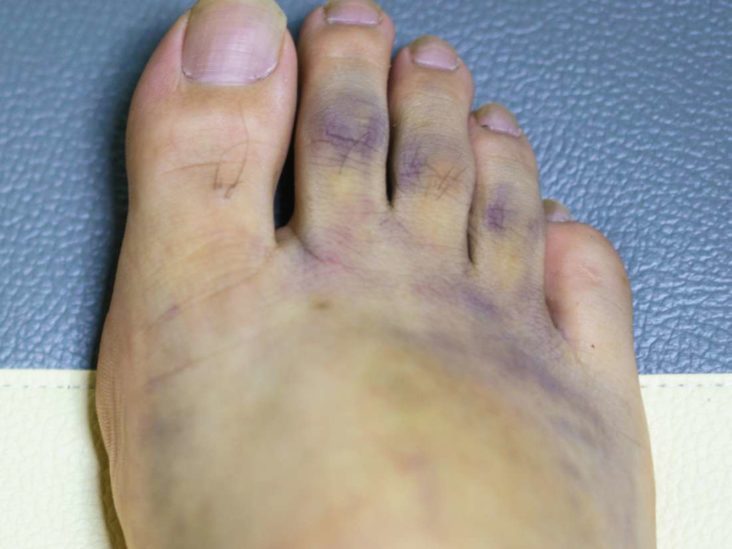
Purple feet: Causes and treatment
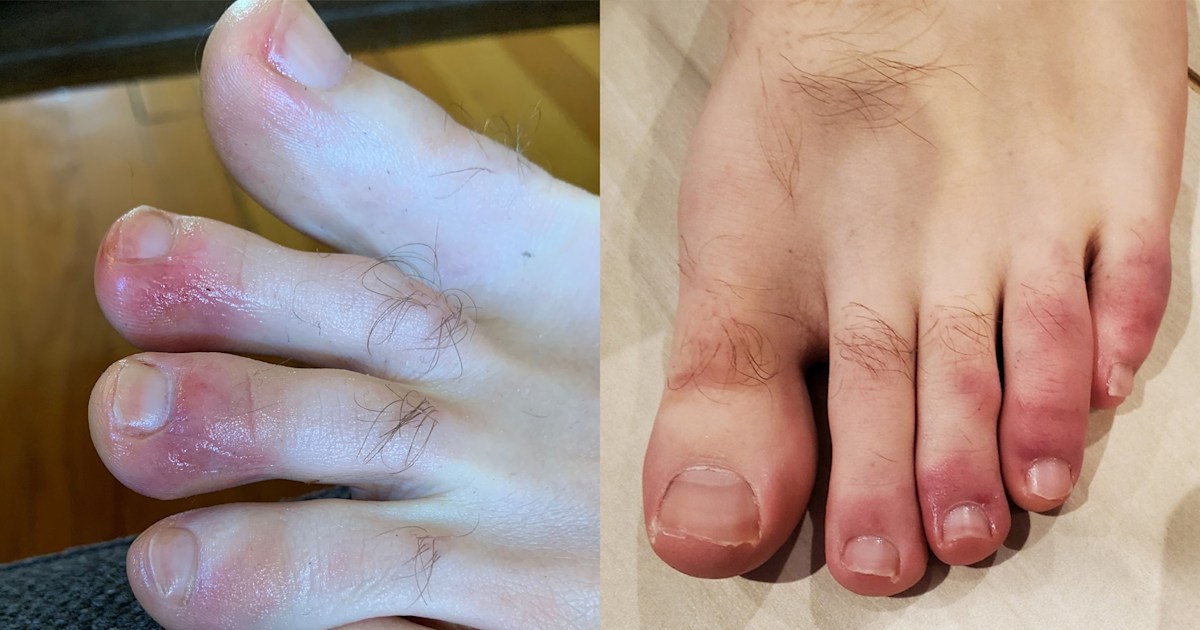
Covid Toes: Dermatologists and podiatrists explain Covid-19 toes
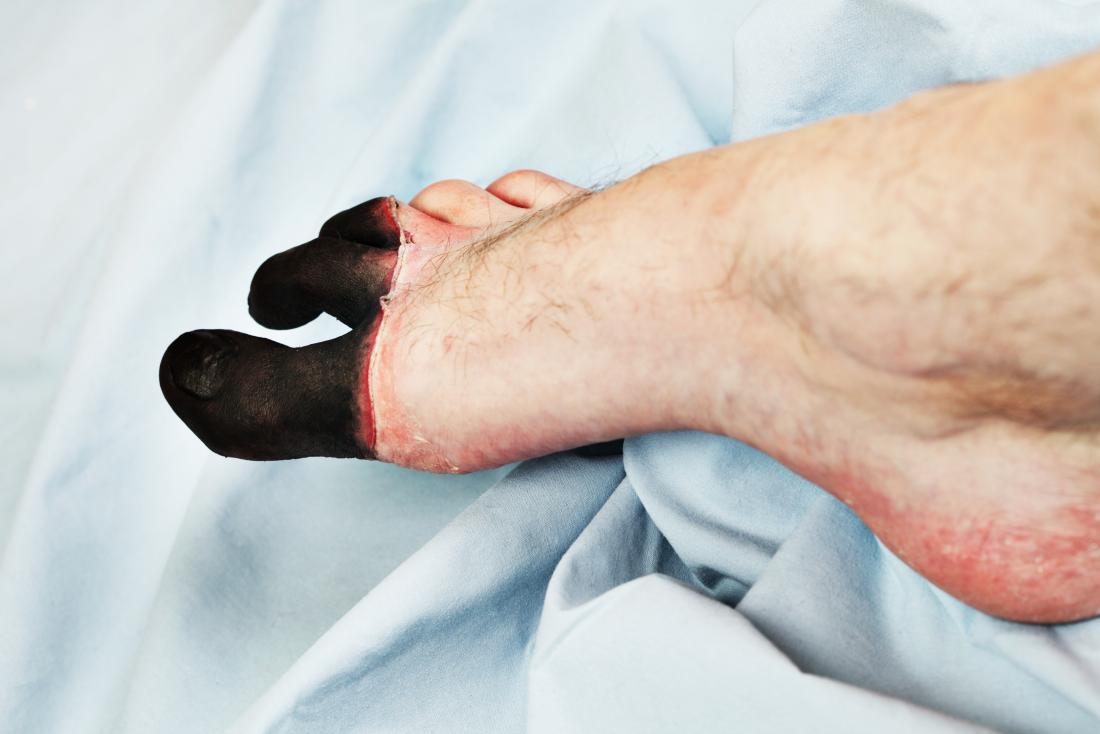
Purple feet: Causes and treatment
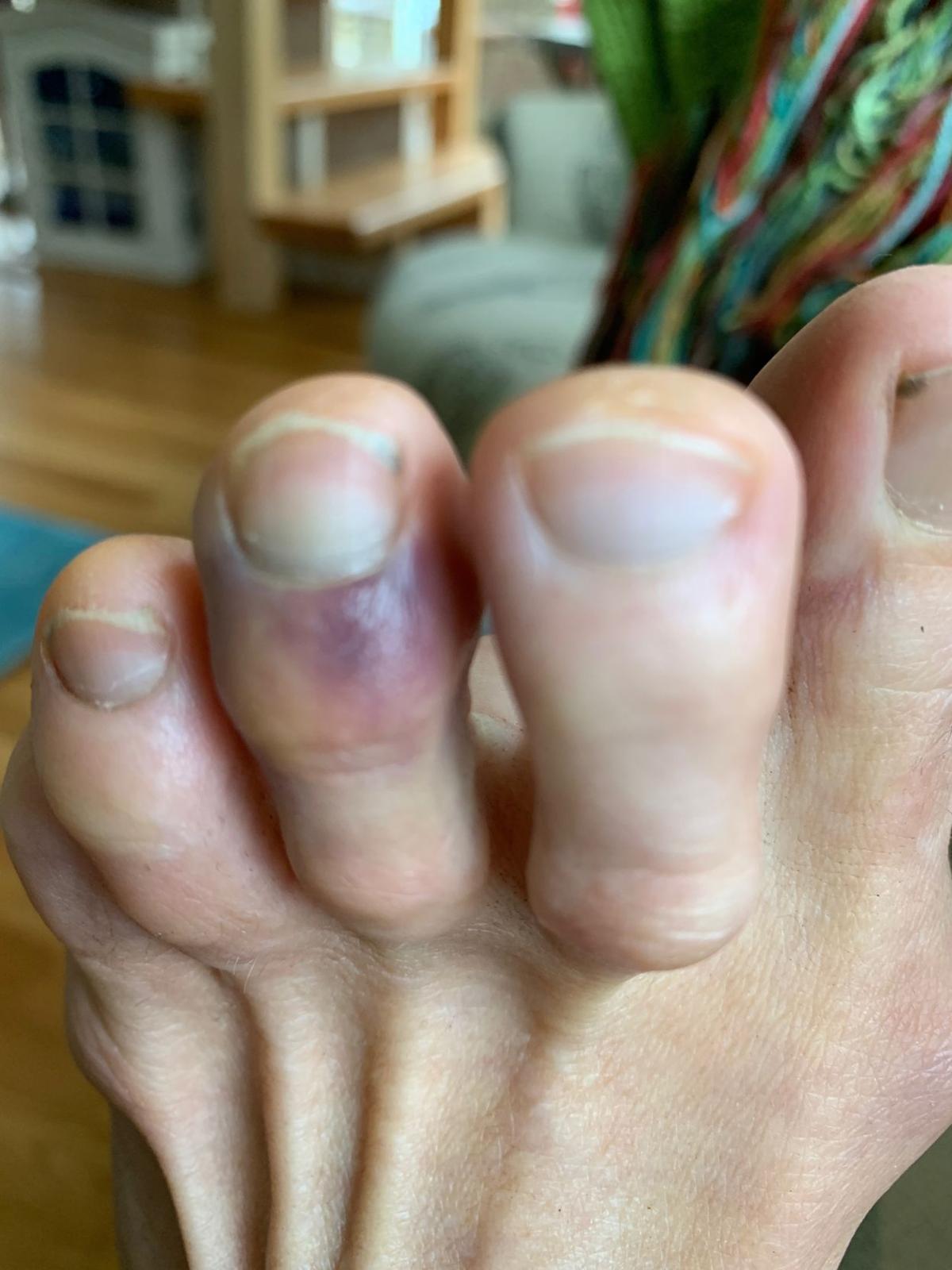
Yes, COVID-toe. A bizarre post-coronavirus symptom causes purple fingers, toes ... maybe even ears | Coronavirus | theadvocate.com

What Is 'Covid Toe'? Maybe a Strange Sign of Coronavirus Infection - The New York Times
COVID toes': The latest unusual symptom in coronavirus patients
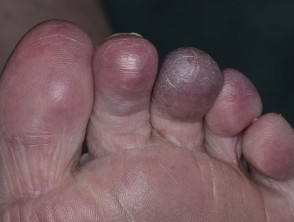
Blue toe syndrome | DermNet NZ

Purple Fingers and Toes - Mayo Clinic Proceedings
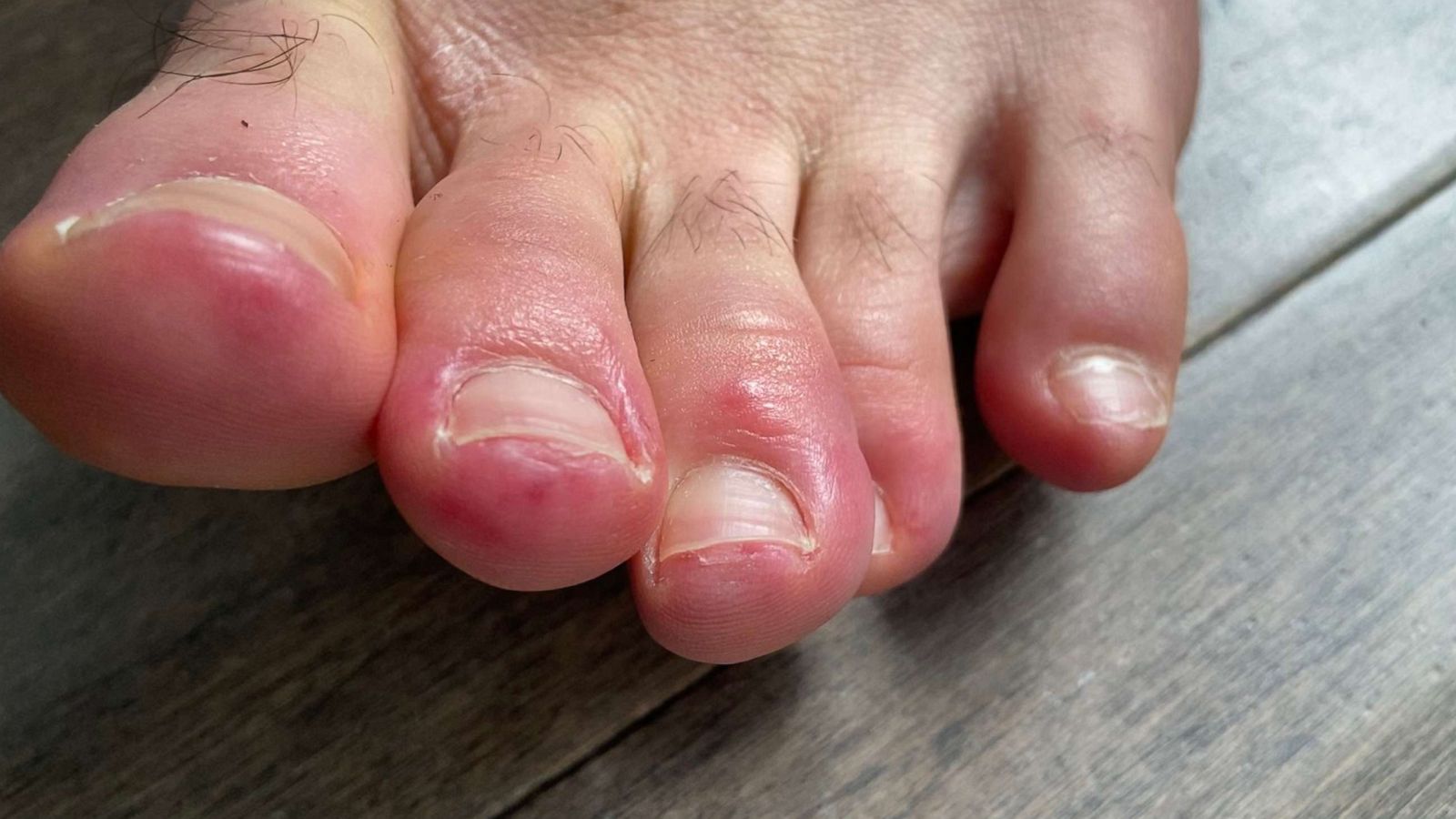
COVID Toes': Could skin conditions offer coronavirus clues? - ABC News
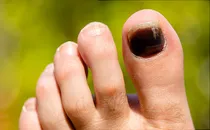
Pictures of Toenail Colors and What They Mean

Blue Toenails: Causes, Treatments, and When to See a Doctor

COVID-toes,' tracking dermatological symptoms of COVID-19
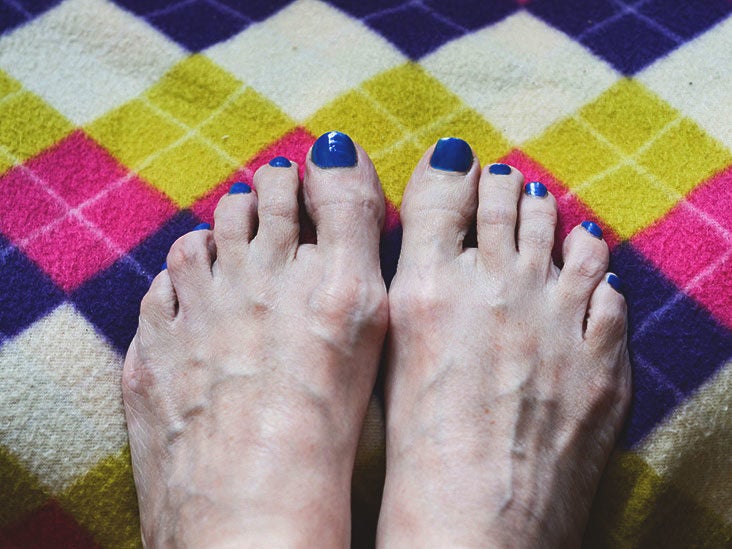
Second Toe Pain: Causes and Treatments
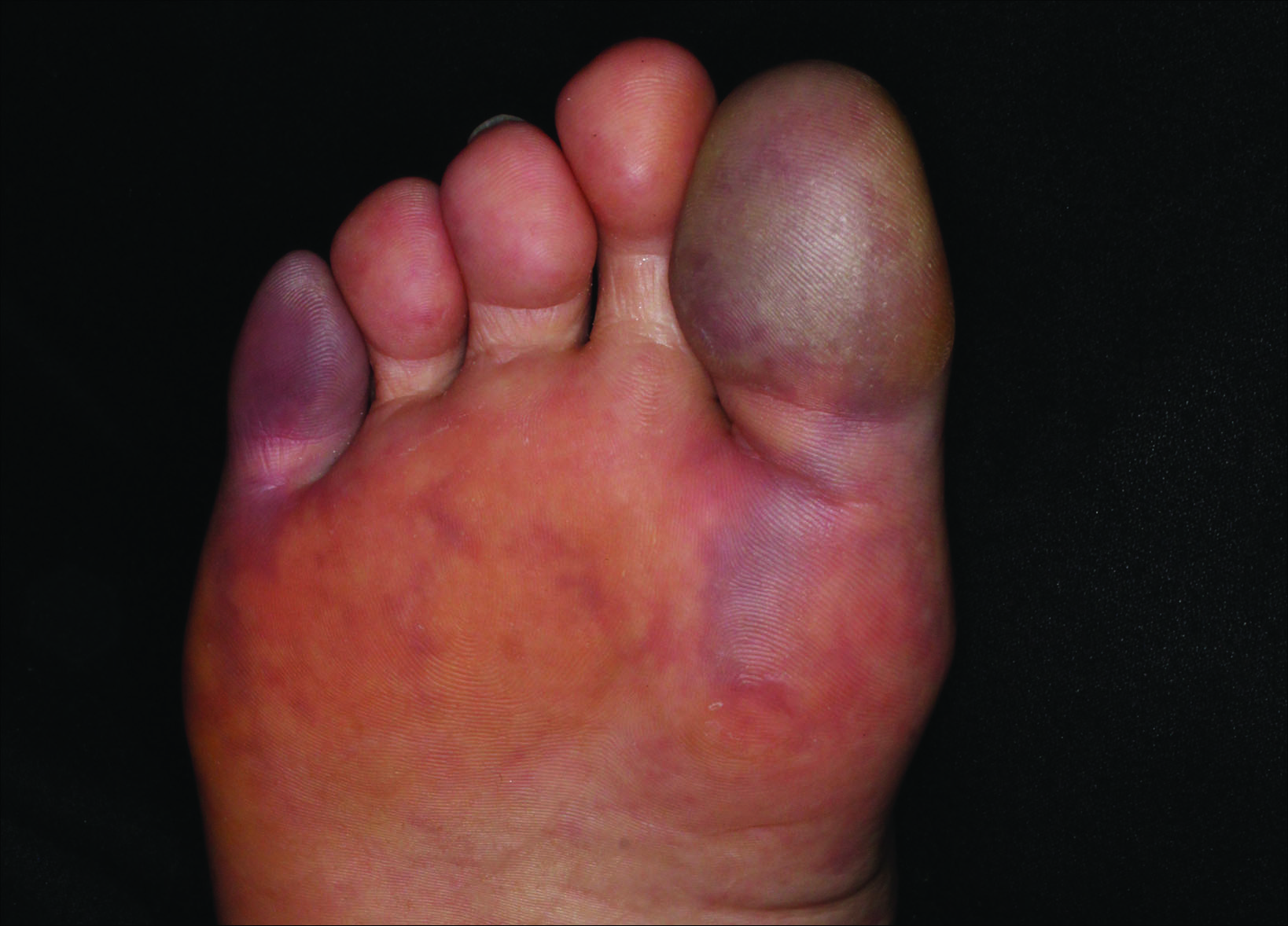
Painful Purple Toes | MDedge Dermatology

Spots On Toes And Rashes Join Weird New Symptoms Of Coronavirus
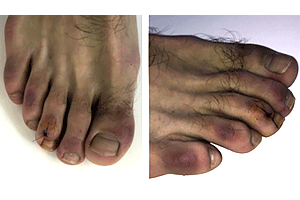
COVID toes, rashes: How the coronavirus can affect your skin
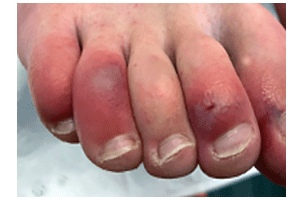
COVID toes, rashes: How the coronavirus can affect your skin

COVID Toe Rash: What You Need to Know

COVID Toes': Could skin conditions offer coronavirus clues? - ABC News
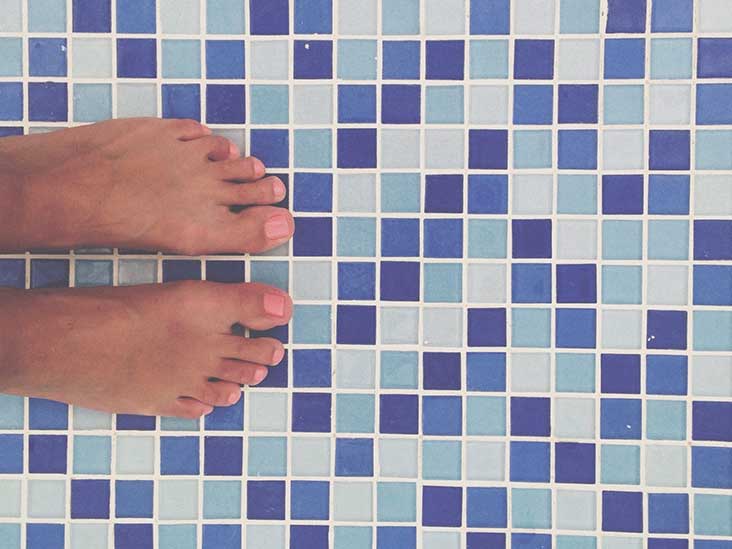
Purple Feet: Causes, Symptoms, and Treatments

My Hands and Feet Are Always Cold — Should I Worry? – Health Essentials from Cleveland Clinic

'COVID Toes': Mysterious Skin Condition Could be Linked to Coronavirus, Derms Say – NBC Chicago

Girl's Big Toe Turns Purple From Millipede Staining | Health.com
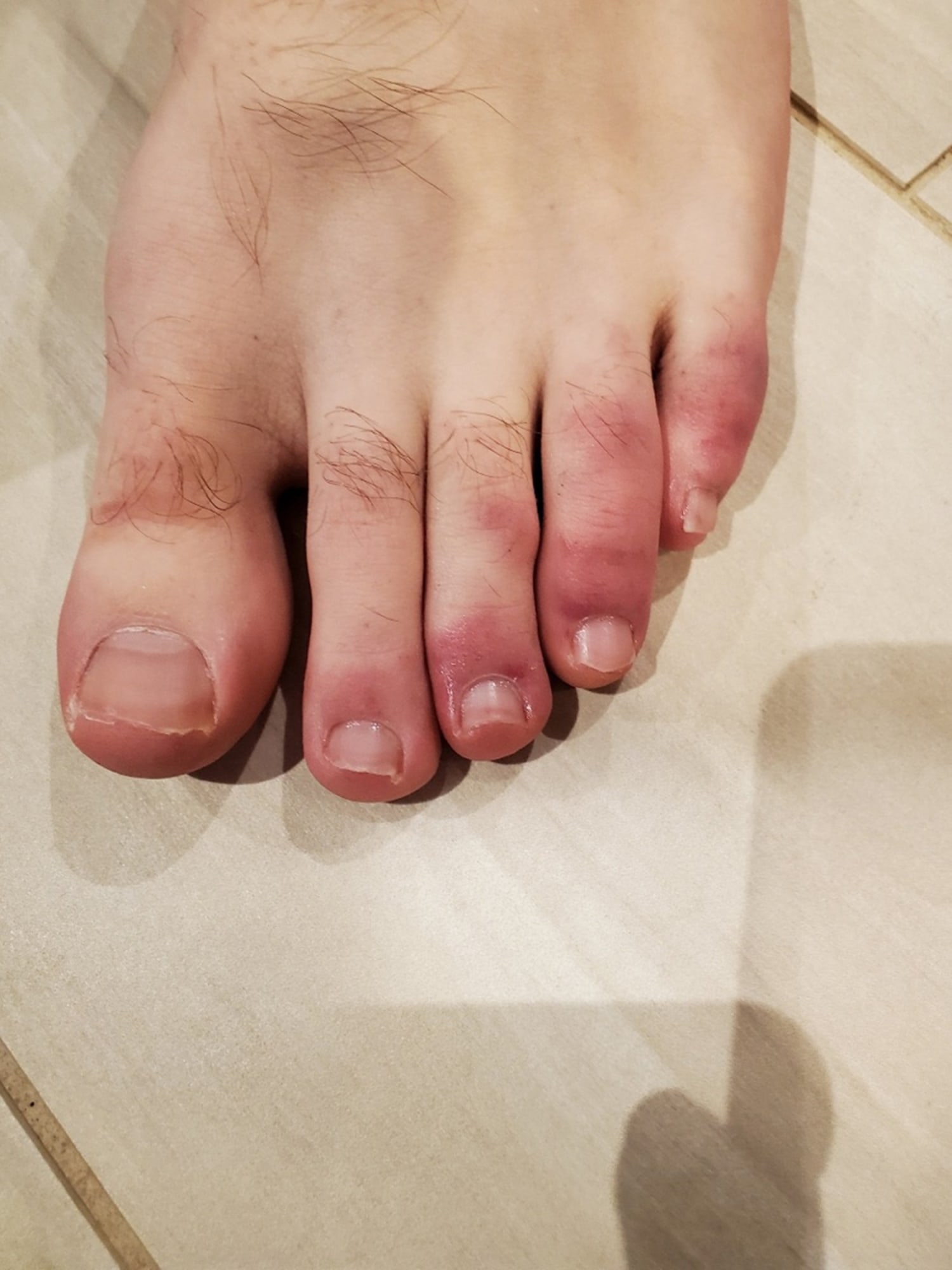
Covid Toes: Dermatologists and podiatrists explain Covid-19 toes
Pediatricians warned about 'COVID toes' in children infected with COVID-19 | CTV News
/peripheral-cyanosis-overview-4177869-v1-5c04b4b946e0fb00010cf219.png)
Peripheral Cyanosis: Symptoms, Causes, and Treatment
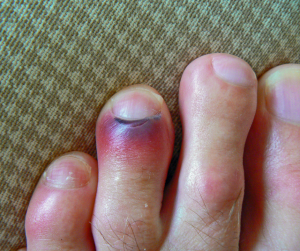
Why Are My Toes Red? – My FootDr

Hand and Foot Color Change: Diagnosis and Management | American Academy of Pediatrics

COVID Toe Rash: What You Need to Know
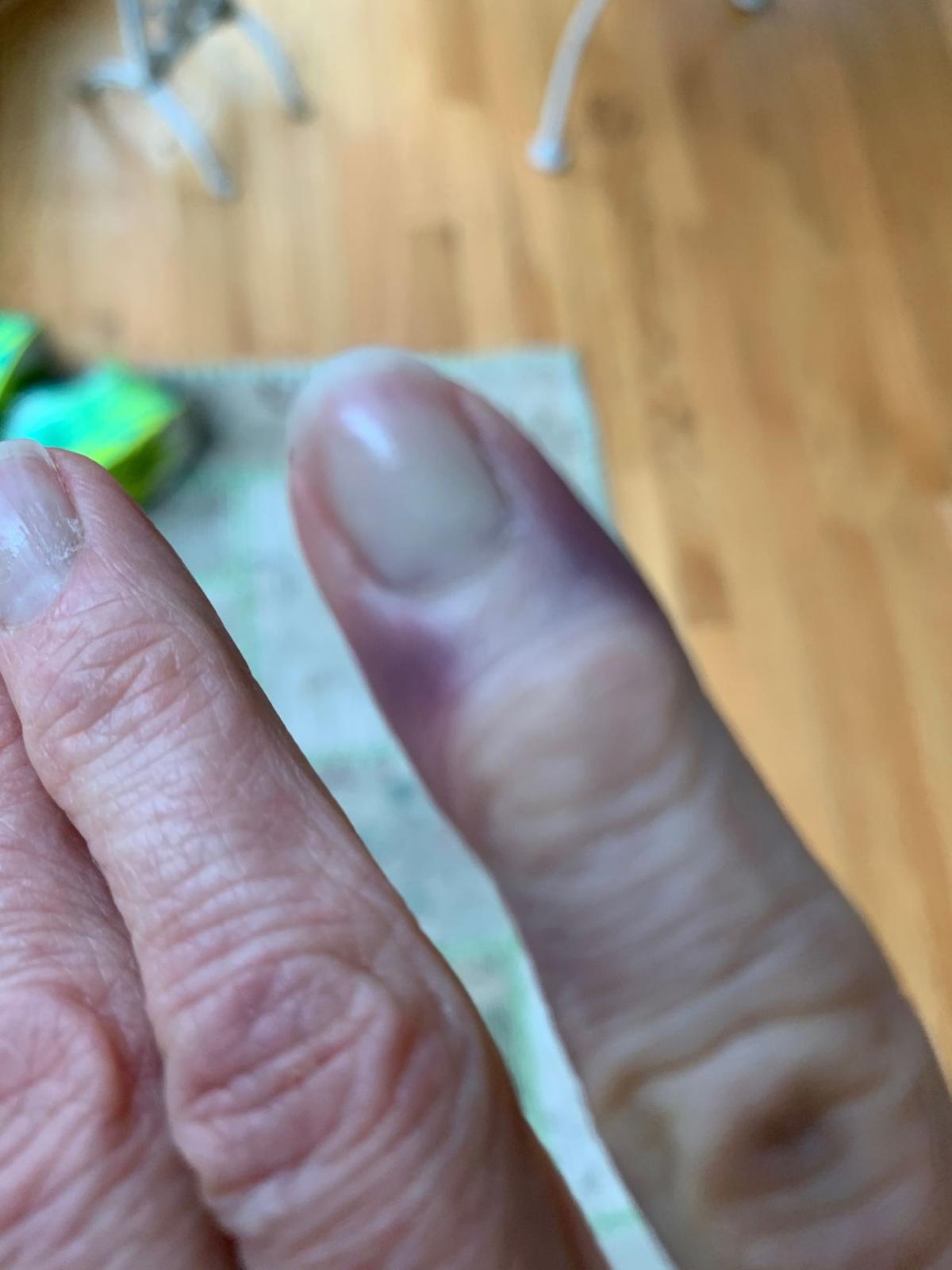
Yes, COVID-toe. A bizarre post-coronavirus symptom causes purple fingers, toes ... maybe even ears | Coronavirus | theadvocate.com
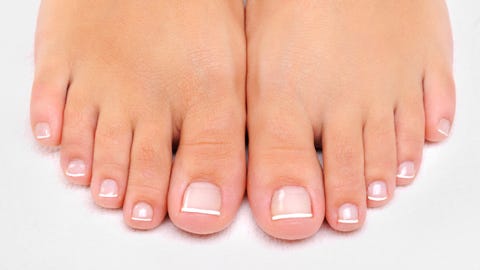
Black Toenails - Subungual Hematoma and Bruised Toenails for Runners
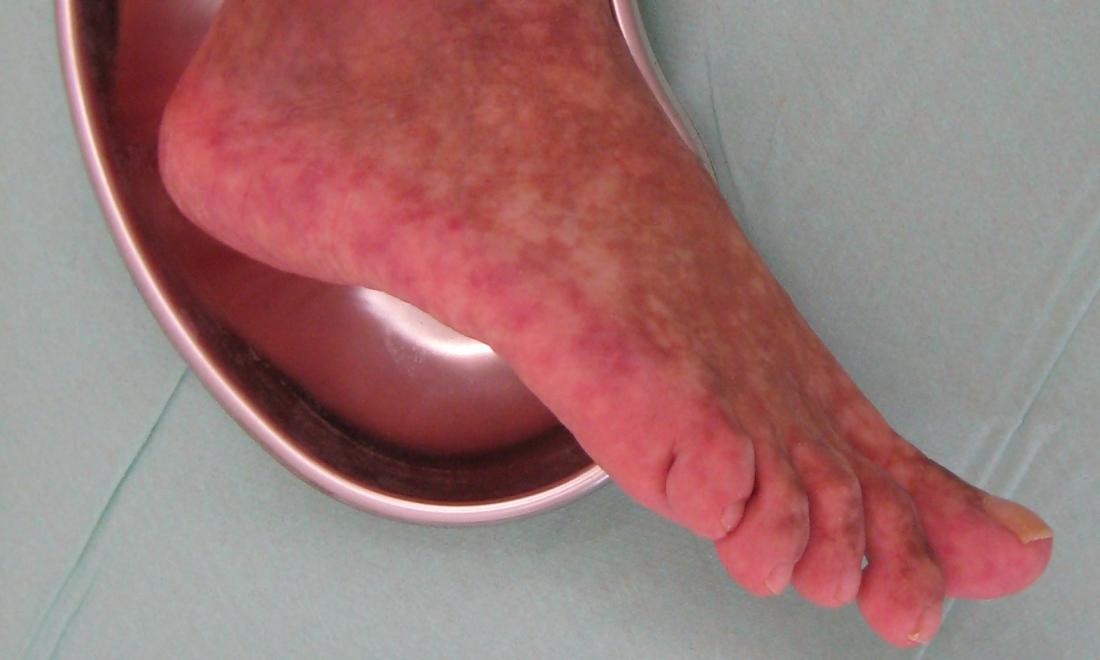
Purple feet: Causes and treatment
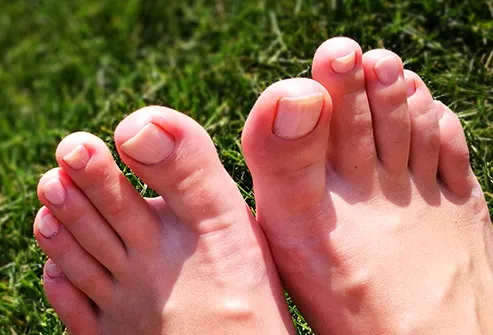
Pictures of Toenail Colors and What They Mean

Purple Toe Syndrome - ScienceDirect
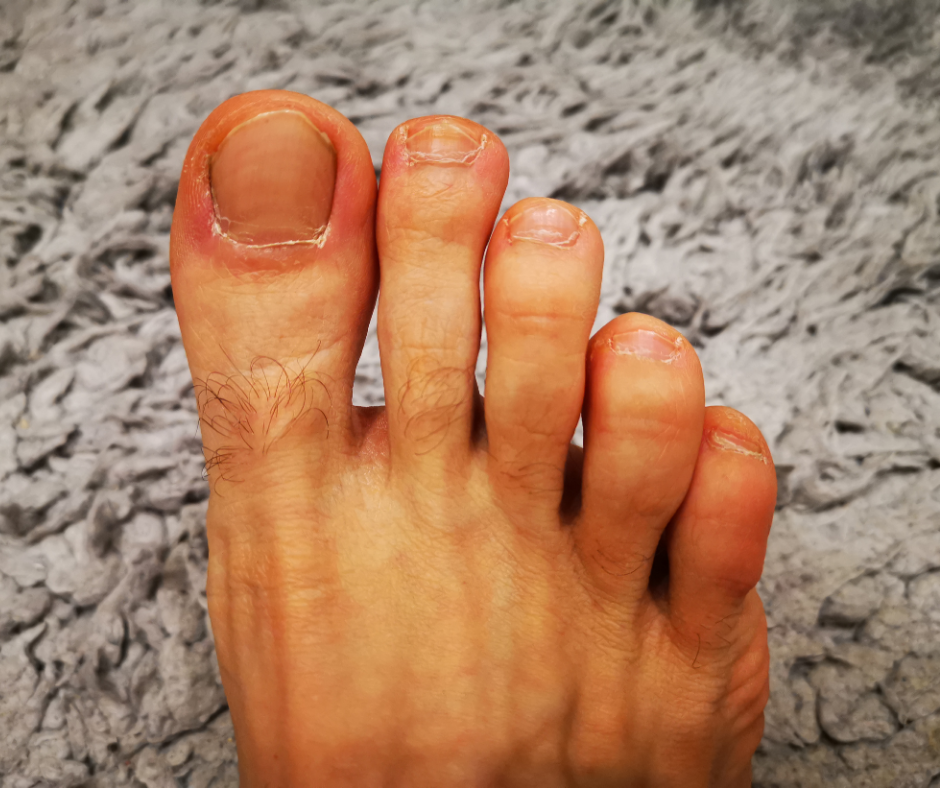
Why Are My Toes Red? – My FootDr
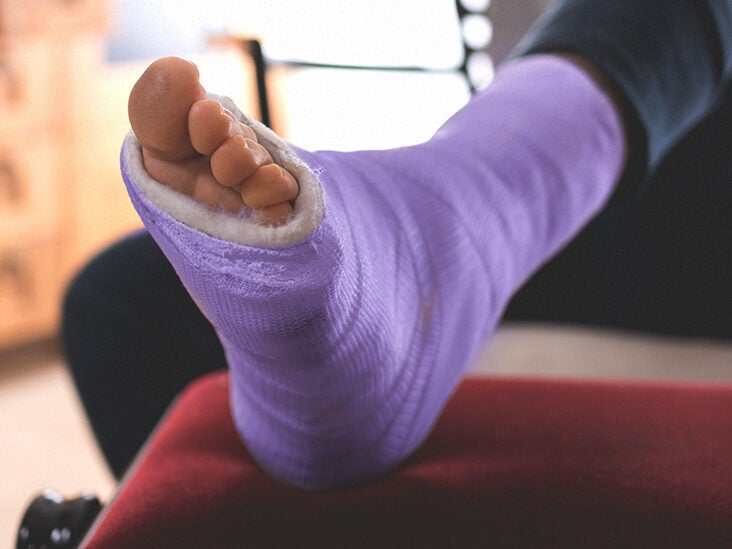
Broken Toe: Symptoms, Recovery, and More
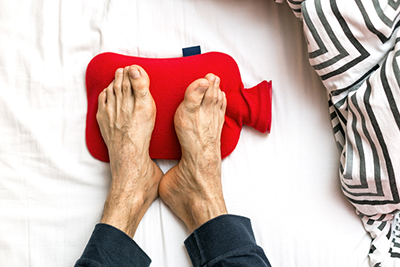
Causes of cold feet - Harvard Health
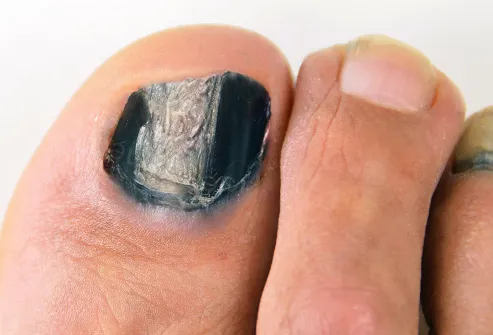
Pictures of Toenail Colors and What They Mean
Posting Komentar untuk "why are my toes purple"